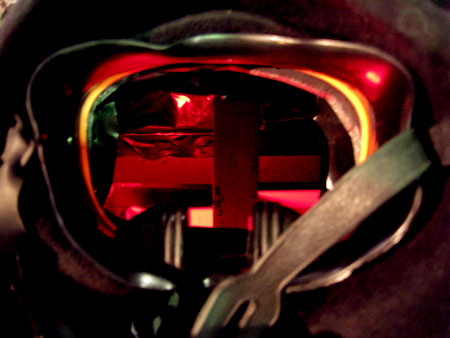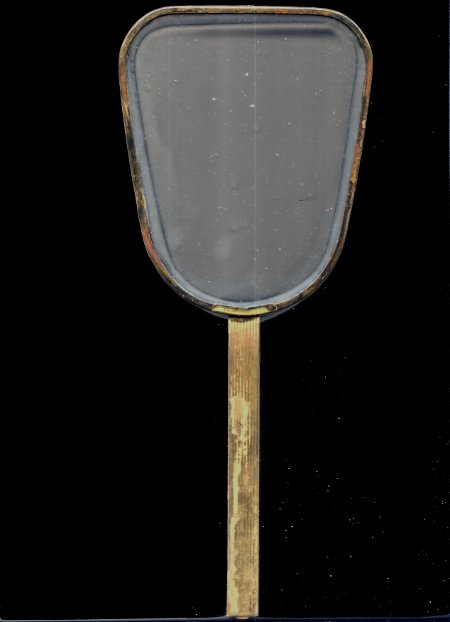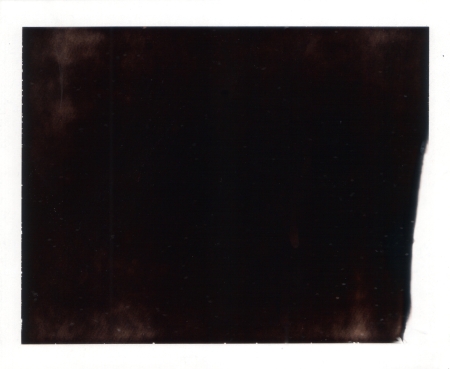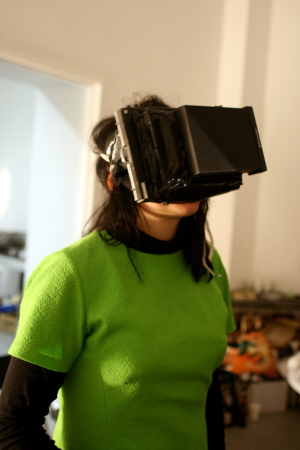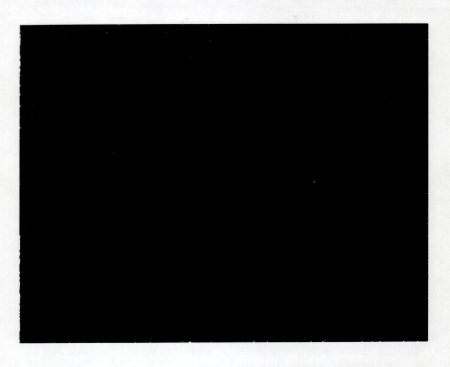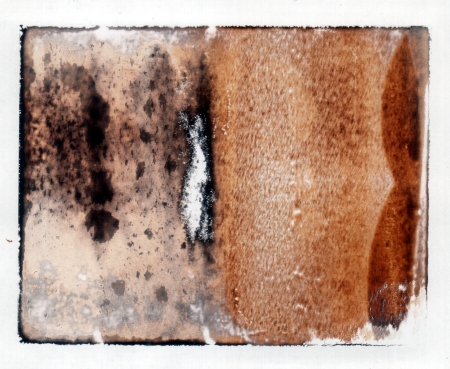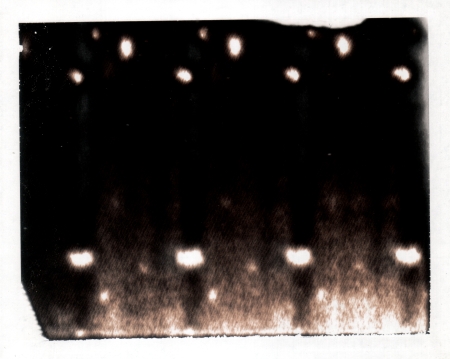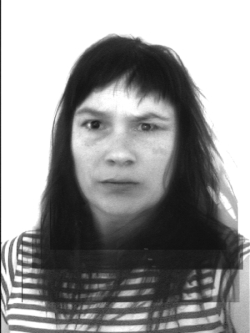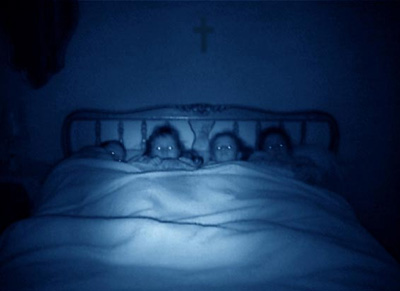
Abbildung / Image: Agnès Geoffray, Night #3, 20 x 30 cm, 2005
‘Awake Are Only the Spirits’ – On Ghosts and Their Media
Hartware MedienKunstVerein at PHOENIX Halle Dortmund
16 May – 18 October 2009
Thu+Fri 16:00-20:00, Sat+Sun 11:00-20:00
OPENING: FRIDAY, 15 MAY 2009, 19:00
The exhibition ‘Awake Are Only the Spirits’ – On Ghosts and Their Media is dedicated to a topic that appears, at first glance, timeless: it involves the presence of the supernatural – the appearance of ghosts and (trans-)communication with ‘the beyond’ facilitated by technical media. The exhibition begins with the audio-tape archive of Friedrich Jürgenson who discovered the so-called Electronic Voice Phenomenon (EVP) in 1959. As a result of the strong interest in the topic on behalf of contemporary artists, the exhibition questions why – despite our faith in the rational – at regular intervals irrational properties are ascribed to respective new media and technologies, such as those purportedly serving as channels for messages from ‘the beyond’. The exhibition shows 22 international artistic positions questioning the existence of ghosts, exploring the integration of new media and technologies in spiritualist contexts, investigating the making-visible or making-perceptible of the invisible, and tracing the political implications as well as the aesthetics of such contemporary trans-communication phenomena.
Inke Arns, Thibaut de Ruyter
CURATORS
Inke Arns & Thibaut de Ruyter
PARTICIPATING ARTISTS
Lucas & Jason Ajemian (US)
Archive of an Anonymous Ghost-Seer (DE), curated by hans w. koch
Sam Ashley (US)
Corinne May Botz (US)
Erik Bünger (SE)
Damien Cadio (FR)
Michael Esposito (US)
Nina Fischer/Maroan el Sani (DE)
Agnès Geoffray (FR)
Kathrin Günter (DE)
Carl Michael von Hausswolff (SE)
Tim Hecker (CA)
Susan Hiller (GB)
Martin Howse (GB)
International Necronautical Society (GB)
Friedrich Jürgenson (SE)
Joep van Liefland (NL)
Chris Marker (FR)
Jorge Queiroz (PT)
Scanner (GB)
Jan Peter E.R. Sonntag (DE)
Suzanne Treister (GB)
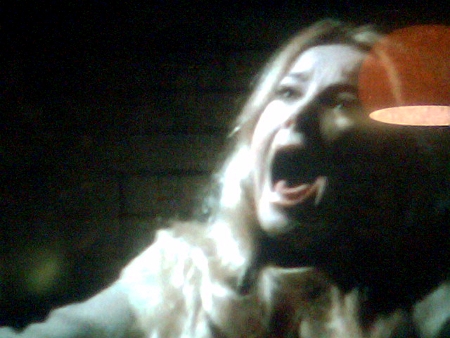
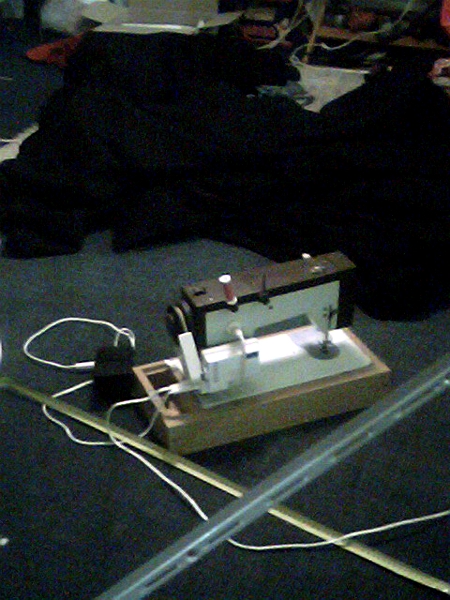
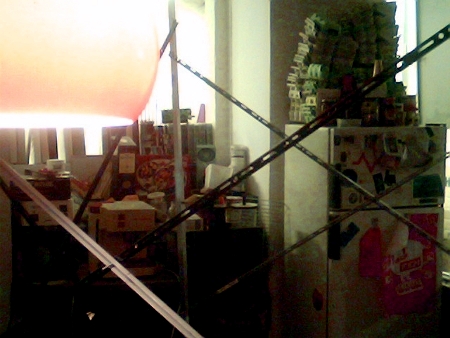

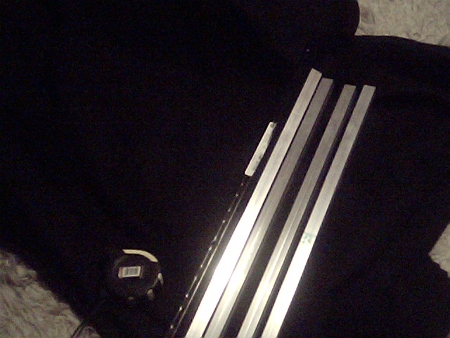
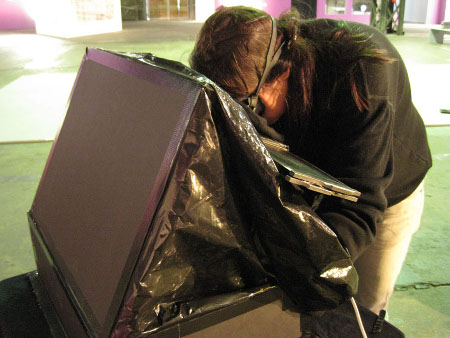 .
.